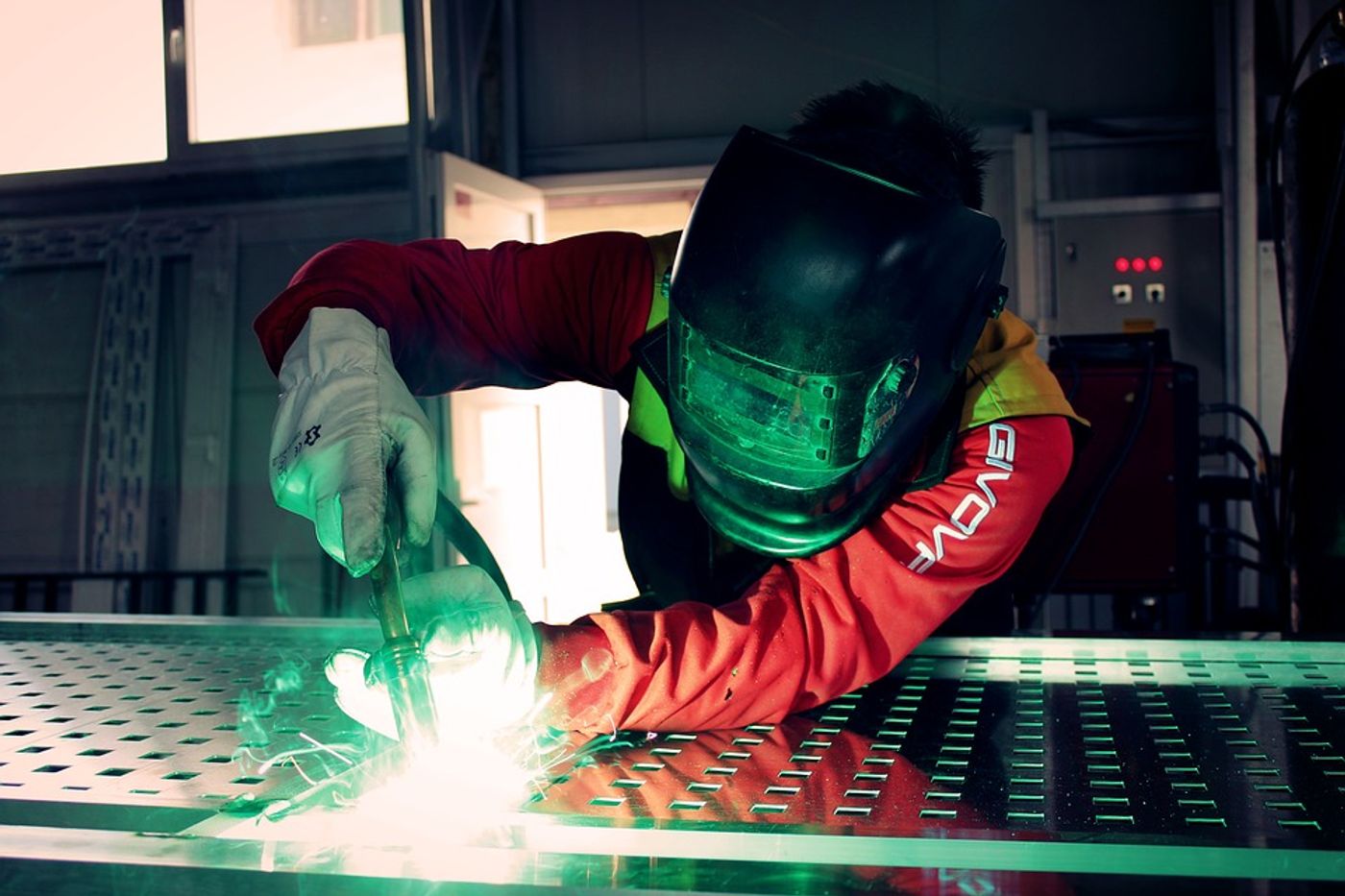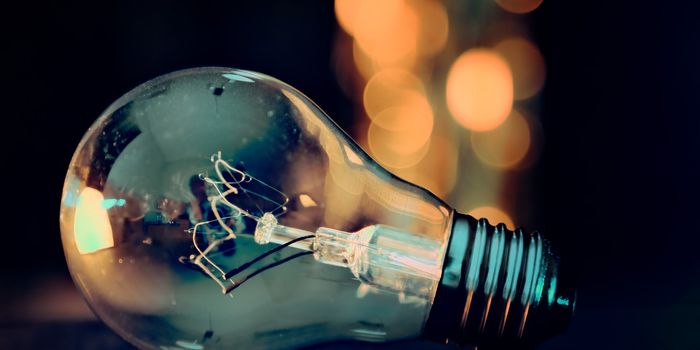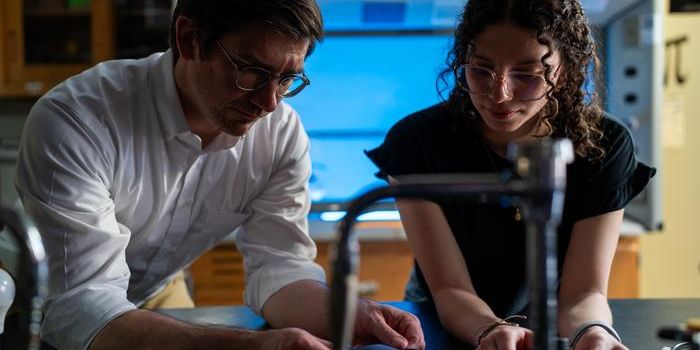Nano-sized silver-catalyst converts carbon dioxide into carbon monoxide in artificial photosynthesis
A new development in artificial photosynthesis utilizes a high-efficient silver-catalyst electrode to convert carbon dioxide into carbon monoxide, which can be used in various industries as a reducing agent. The results from the study are published in the journal Nano Energy.
Led by Dr. Hyung-Suk Oh and Dr. Woong Hee Lee of the Clean Energy Research Center of the Korea Institute of Science and Technology (KIST), in collaboration with the Technische Universität Berlin (TUB), the work expands upon previous studies on electrochemical carbon dioxide conversion. The field has been garnering much-deserved attention because of the technology’s ability to take CO2 from the atmosphere and convert it into useful chemicals.
The authors write, “Our studies highlight the need for a concomitant consideration of factors related to the intrinsic catalytic activity of the active phase, its porous structure and its hydrophilicity/phobicity to achieve a sustained high product yield in AEM zero-gap electrolyzer.”
The researchers used operando analysis to monitor and measure the actual behavior of the coral-shaped silver catalyst or during different reactions. They found that the catalyst has strong substance delivery capacities, due to its porous structure and large surface area. In other words, the catalyst is highly efficient in the carbon dioxide conversion process.
The nano-sized silver catalyst electrodes that the research team developed can be used in high-efficiency carbon dioxide conversion systems where carbon dioxide is in its gaseous state, thus solving a problem that scientists had been previously facing. Not only does the new catalyst generate more than 100 times the carbon monoxide than liquid-based systems, but it also requires little energy and has the potential to be scaled for commercial needs.
Dr. Hyung-Suk Oh of the KIST said, "By developing nanometer-sized, coral-shaped silver catalyst electrodes, we were able to greatly improve current density and the performance of the electrochemical carbon dioxide conversion system, thereby suggesting directions for future research." He added, "It is expected that this study will greatly contribute to the R&D of electrochemical carbon dioxide conversion systems."
Sources: Nano Energy, Eureka Alert









